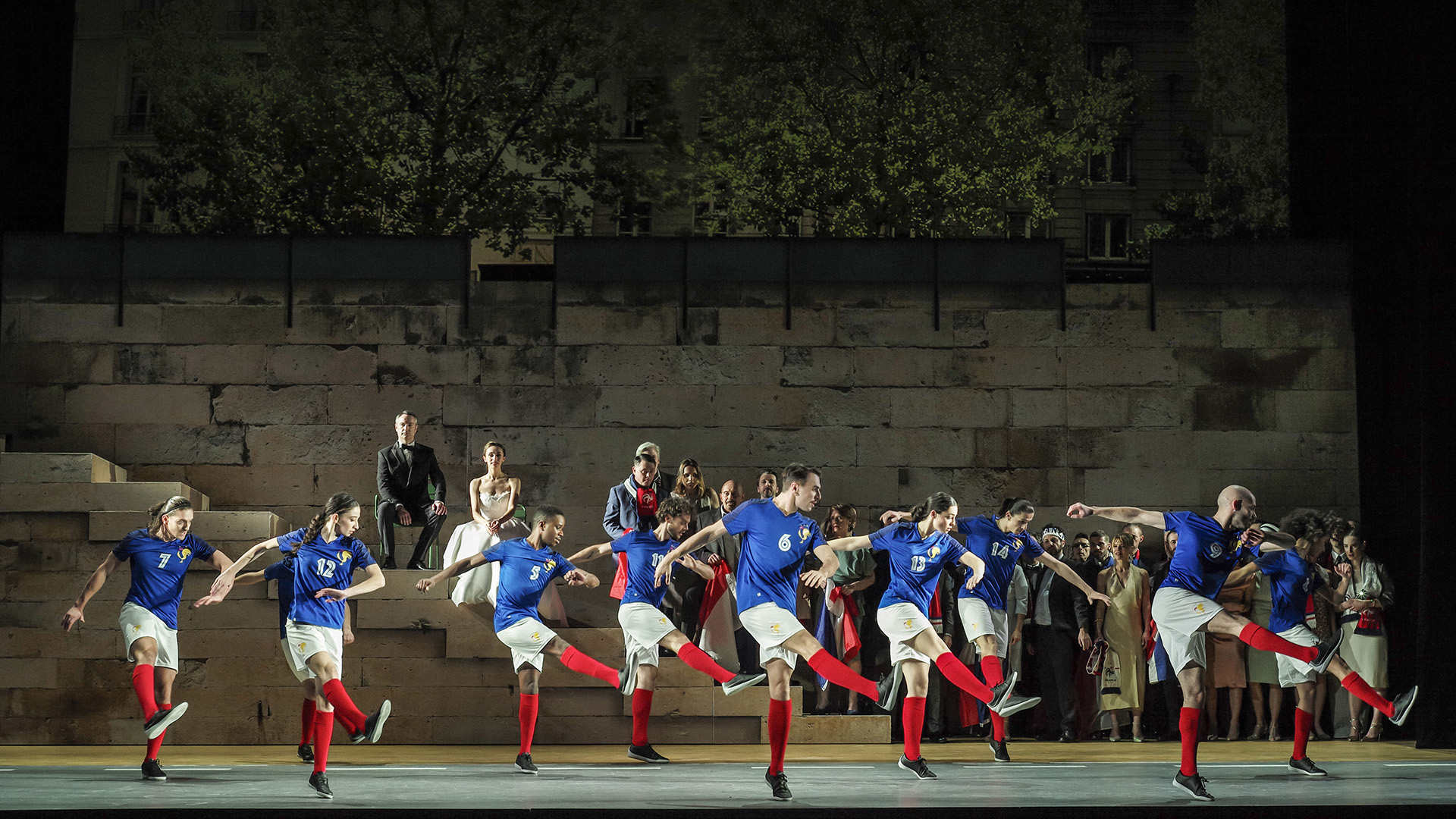
The Berliner Philharmoniker is in the middle of a must-see US tour presenting Sergei Rachmaninoff’s Isle of the Dead, Erich Wolfgang Korngold’s Violin Concerto, Antonin Dvorák’s Symphony No.7, and Anton Bruckner’s Symphony No.5. In several east coast appearances, chief conductor Kirill Petrenko, an elusive but incredible artist, and the world-famous orchestra did not disappoint.
The orchestra’s latest American tour included a stop in Washington, DC, three concerts in New York, one in Boston, followed by performances in Ann Arbor and Chicago. I attended last week’s performance at Carnegie Hall (Rachmaninoff, Korngold, and Dvorák) and last Wednesday’s in Boston (Bruckner). While both programs contained only canonical works, the performances this season of Bruckner’s 5th was Petrenko’s first time leading the composer’s work with his own orchestra.
Neither program used an especially large orchestra except for the Isle of the Dead, with reduced strings for the Korngold concerto; the concerto, Dvorák, and Bruckner symphonies only called for woodwinds in pairs, unlike Bruckner’s subsequent massive symphonies. This allowed many of the orchestra’s top-class musicians to swap out between programs. Principal horns Yun Zeng and Stefan Dohr had their moments to shine in the Dvorák and Bruckner respectively, though the horn ensemble sometimes lacked cohesion in the latter work. Principal oboists Jonathan Kelly and Albrecht Mayer both provided especially lucid solos.
Furthermore, the Berliner Philharmoniker’s incredibly rich string sound, led by concertmasters Noah Bendix-Baxley (on both programs) and Daishin Kashimoto (on the Bruckner), was aided by the decision to rotate section players’ seats between each piece on both programs, creating a unified feel. The seating arrangement of antiphonal violins (with cellos and first violins next to each other) also allowed Petrenko to highlight Bruckner’s contrapuntal writing, developed particularly skillfully in the Austrian composer’s 5th symphony from 1878.
For example, in the first movement at measure 250, the second violins sing a lyrical line which the first violins join and blend together — one of the most sublime moments of any Bruckner symphony — followed by a startling interruption with the opening fortissimo ascending theme. While most of it is not very melodic, the symphony contains many thematic exchanges between instruments, an ideal way to showcase the orchestra’s unparalleled unified sound while celebrating Bruckner’s bicentennial.
Petrenko also kept the tempos relatively brisk throughout the Bruckner symphony. This allowed him to bring out the thematic continuity between Bruckner’s themes that can often seem episodic or even disjointed. The last movement’s opening restatement of the previous movements’ themes drew clear parallels to the finale of Beethoven’s 9th in their forms. Pushing ahead with the tempo also allowed Petrenko to show the connection between the string melody and brass chorale which foregrounds the last movement.
However, Petrenko’s decision to make the second movement “Adagio, Sehr langsam” feel quicker than the opening “Adagio” was curious. While this brisker tempo avoided confronting the fine line between contemplative and dreadfully boring that one risks when taking Bruckner’s music slowly, the relative lack of stateliness in the inner movements actually made the meditative pizzicati in the beginning of the outer movements more impactful.
The Bohemian cousin to Bruckner’s ländler-filled symphony, Dvorák’s Symphony No.7 is also admired for its well-crafted architecture. Like with the Bruckner, Petrenko’s control of the dynamic and tempo contrasts were key in highlighting Dvorák’s development of the thematic material, at times lyrical and other times urgent and frantic. On the one hand, flautist Emmanuel Pahud, oboist Kelly, and clarinetist Matic Kuder engaged in thoughtful dialogue at the end of the mournful second movement. On the other hand, Petrenko and the Berlin Philharmoniker brought out the piece’s rustic feel and folk-inspired elements, particularly in the third movement’s furiant and rugged strings in the beginning of the final movement.
Like the two symphonies, Rachmaninoff’s tone-poem The Isle of the Dead begins with ominous low strings. The 5/8 rhythm reflects the motion of a mysterious boat’s oars as it transports a garland-draped casket across a lake to the namesake island in Arnold Böcklin’s iconic series of paintings. (Rachmaninoff was inspired by a black-and-white print of Böcklin’s canvas.) Petrenko masterfully transformed this alternating 2+3 and 3+2 motif into a ghostly waltz. As the piece developed, the violins produced breathtaking bow-retakes to augment its intensity, akin to their approach in Bruckner’s last movement fugue. Bendix-Baxley even injected some dissonant tuning in his solo towards the end of the piece, highlighting Rachmaninoff’s Danse Macabre-like atmosphere.
The Norwegian violinist Vilde Frang, filling in for the injured Hillary Hahn, provided a sensitive rendition of Korngold’s Hollywood-infused Violin Concerto. Korngold was unapologetic in his romanticism and drew from his melodramatic film scores like Another Dawn and Anthony Adverse for the piece’s themes. While her upper register was occasionally overpowered by the orchestra during quieter moments, Frang relished the staccato double-stops of the fist-movement cadenza and produced an intensely biting sound for the energetic Prince and the Pauper-inspired finale.
Another impressive dimension of both performances was Petrenko’s physicality on the podium. Though consistently unassuming with his orchestra, he was nevertheless in clear command and enjoying himself: crouching and shrugging to emphasize dynamic contrasts in both symphonies’ final movements or baseball bat swing-like gestures to encourage the low strings and brass during the scherzo in the Bruckner.
Petrenko’s guest appearances in the US are exceedingly rare — 12 years since his last Met Opera appearance for Mussorgsky’s Khovanshchina. Like Sir Antonio Pappano, let’s hope he comes back more often.
Photos: Rob Davidson and Stefan Cohen
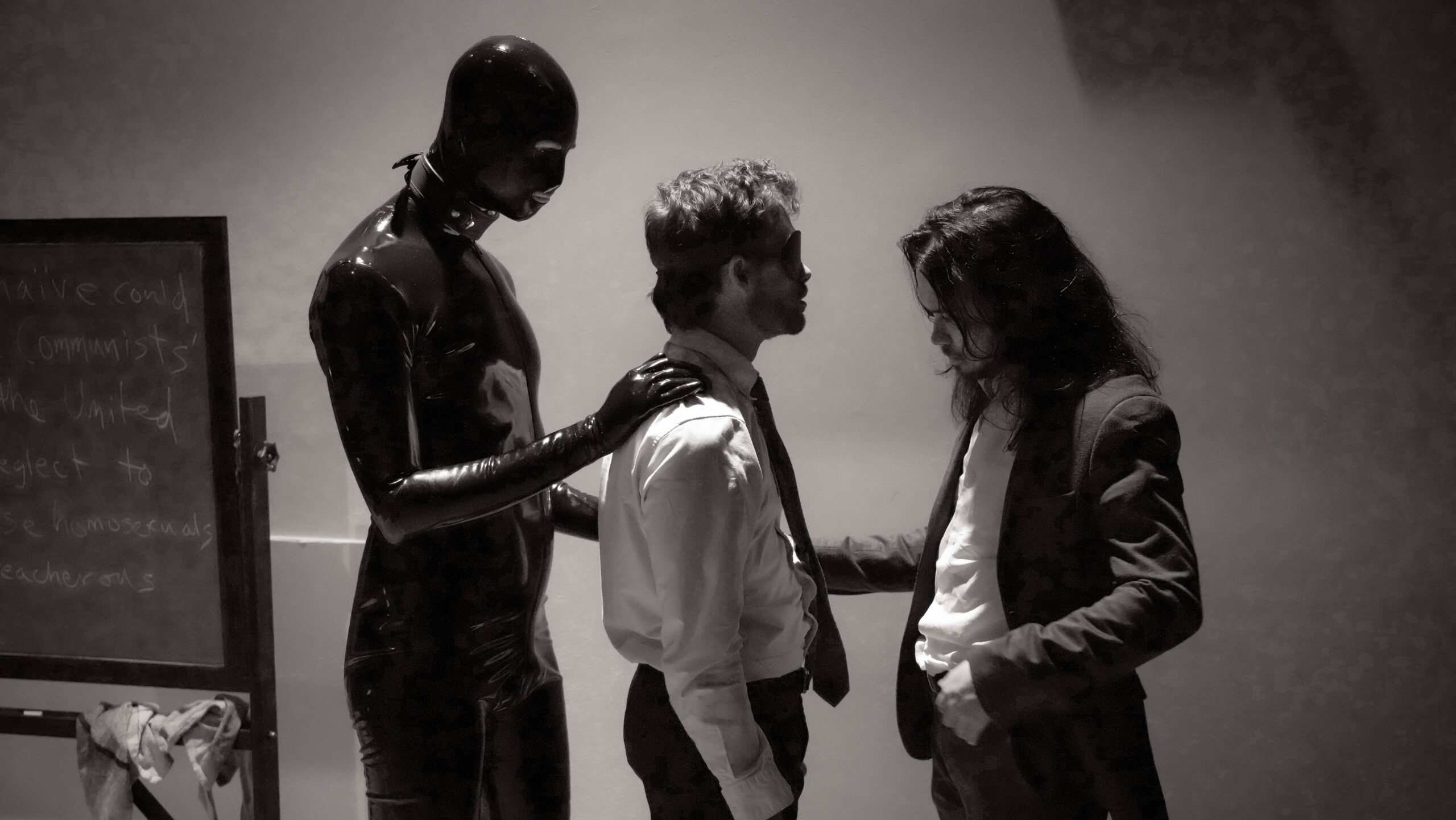
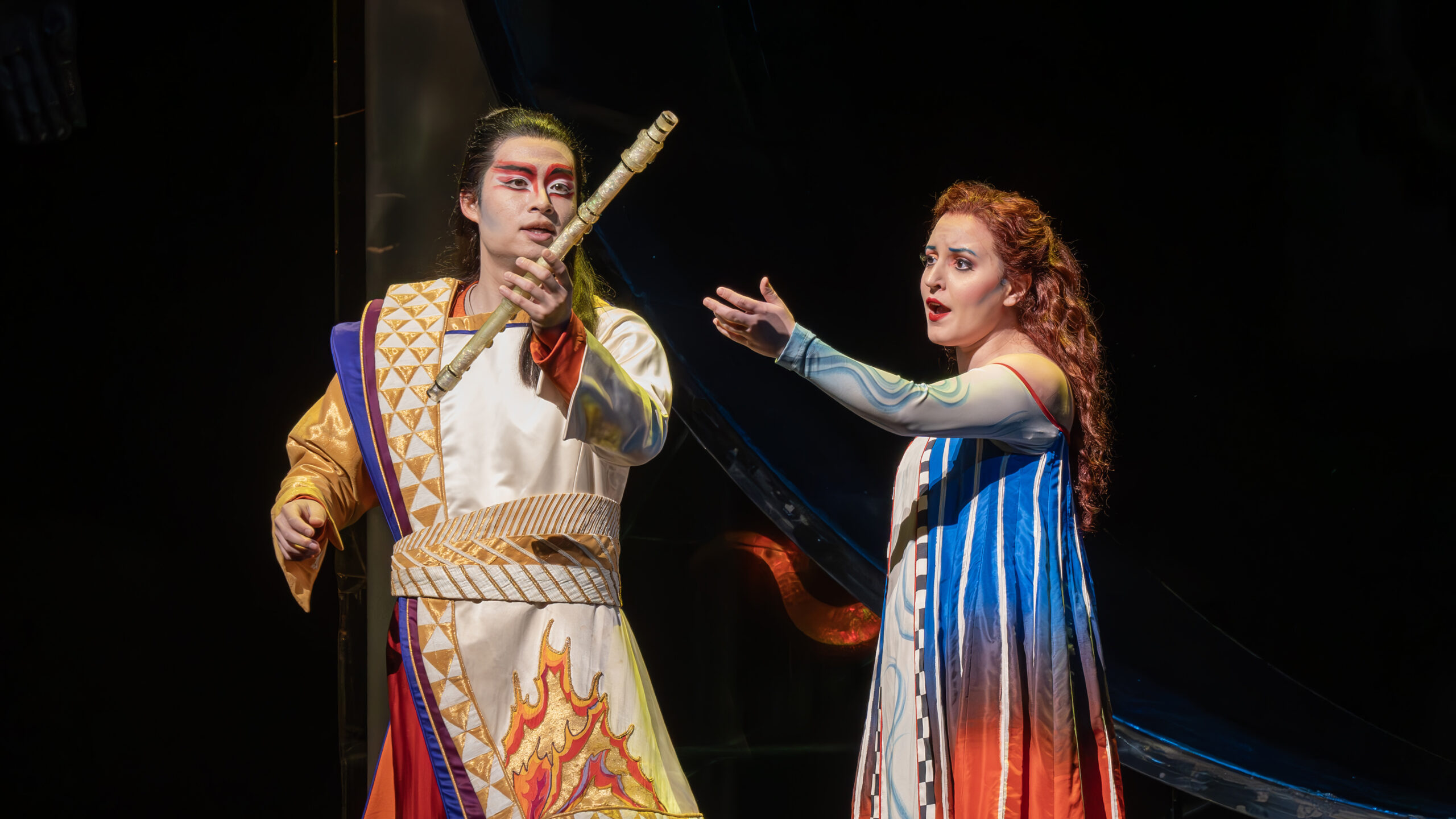
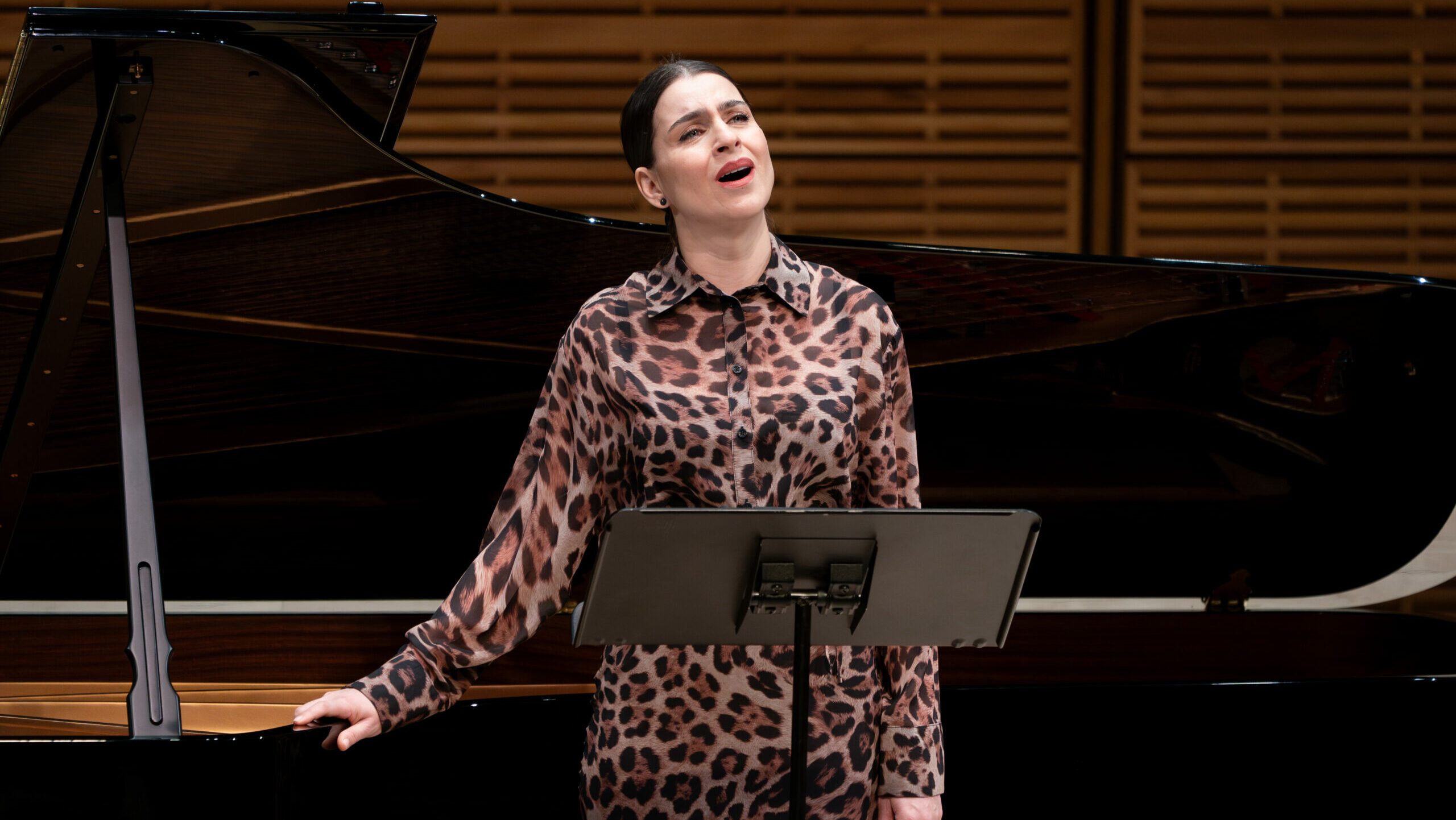












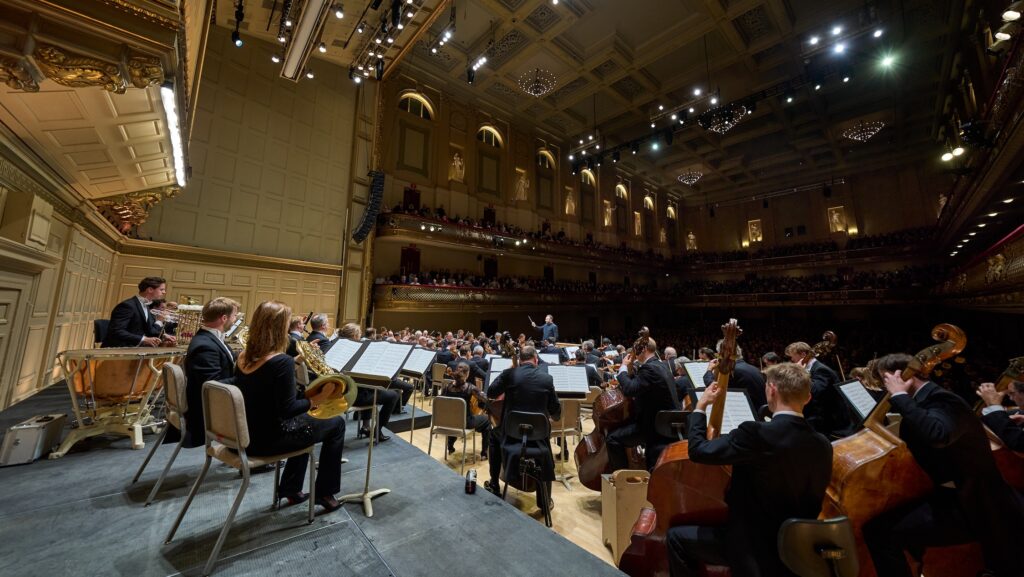
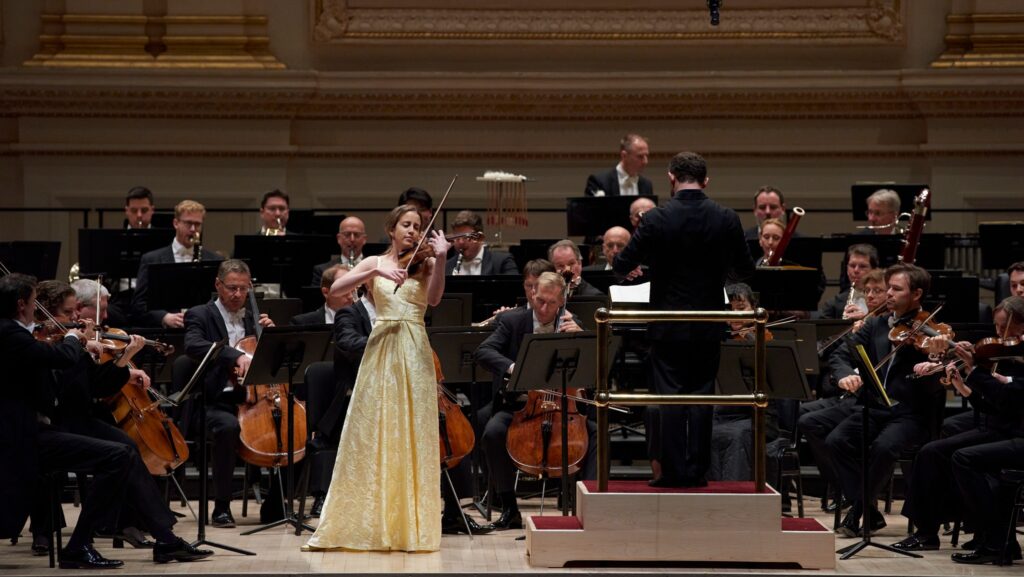



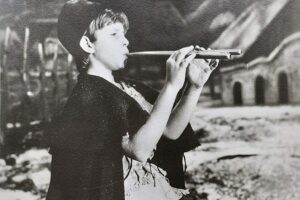
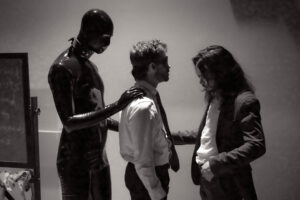

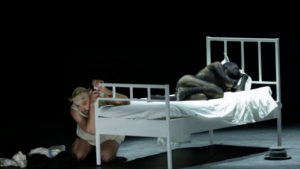
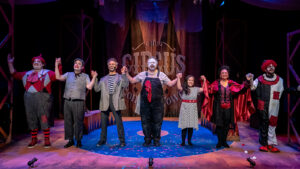



Comments